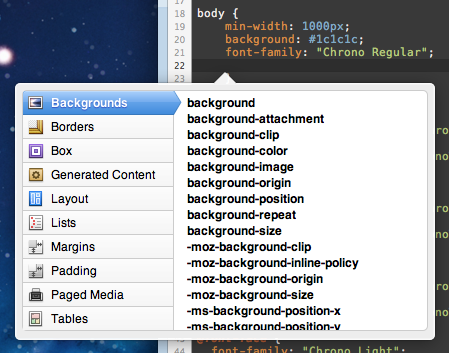
Setting parameters when creating a compound This sets the initial pos of the compound to the origin, and when you move the compound by changing pos, origin doesn't change, thereby preserving a record of the original choice of origin. When creating a compound you can optionally specify a different location by setting the "origin", as in "compound( origin=vec(x,y,z))". Sometimes it is convenient for pos to be somewhere else in the compound, such as at the left end or even outside the bounding box. If you plan to vary the color after creating the compound object, start with the color being white, vector(1,1,1), which is the default.Īs mentioned above, after creating a compound its position (pos) is at the center of the bounding box that encloses all the pieces of the compound. For example, if the color of the handle is cyan, vector(0,1,1), and the hammer color is yellow, vector(1,1,0), the blend results in vector(0*1, 1*1, 0*0) or vector(0,1,0), which is green. Setting lor to something other than white makes a multiplicative blend of the overall color with the colors of the individual objects. You can't change their attributes such as positions or orientations except as a group. The individual objects in a compound are "frozen". It is as though all the objects have visible set to True. Invisible objects are included: All objects in the list become part of the compound, even if they have visible = False. Changing the axis does not affect the size.

No linkage of axis and size: After creating the hammer as a compound object, changing the axis rotates the combined object. Later changes to hammer.pos move the center of the compound object to a new location. The position of the compound is hammer.pos: After creating the compound, hammer.pos is located at the center of the bounding box. The x, y, and z components of hammer.size can also be referred to as hammer.length, hammer.height, and hammer.width. The size of the object: After creating the compound named "hammer", hammer.size represents the size of the xyz bounding box of the object. The object shown above is a compound of a cylinder and a box: (In Web VPython version 2.1 the details were somewhat different.) Moreover, the display of a complicated compound object is faster than displaying the individual objects one at a time. The compound object lets you group objects together and manage them as though they were one object, by specifying in the usual way pos, color, size (or length, width, height), axis, up, opacity, shininess, emissive, and texture.

Q: Can you make an additional feature for me?Ī: Maybe, please send me an email to markus. Can you include it in your extension?Ī: Yes, please send me an email to markus. Q: I am an awesome JavaScript hacker, and I pimped the coda-slider Last one to the first one it scrolls to the right instead of passingĪll the panels in the middle when scrolling to the left? Q: Can I change the scrolling so that when the panel changes from the Q: Can I change the scrolling direction from left/right to top/bottom?

Q: Can I give different plugins on the same page different intervals? (Wath the use of the #col1 and #col2 selector)


 0 kommentar(er)
0 kommentar(er)
